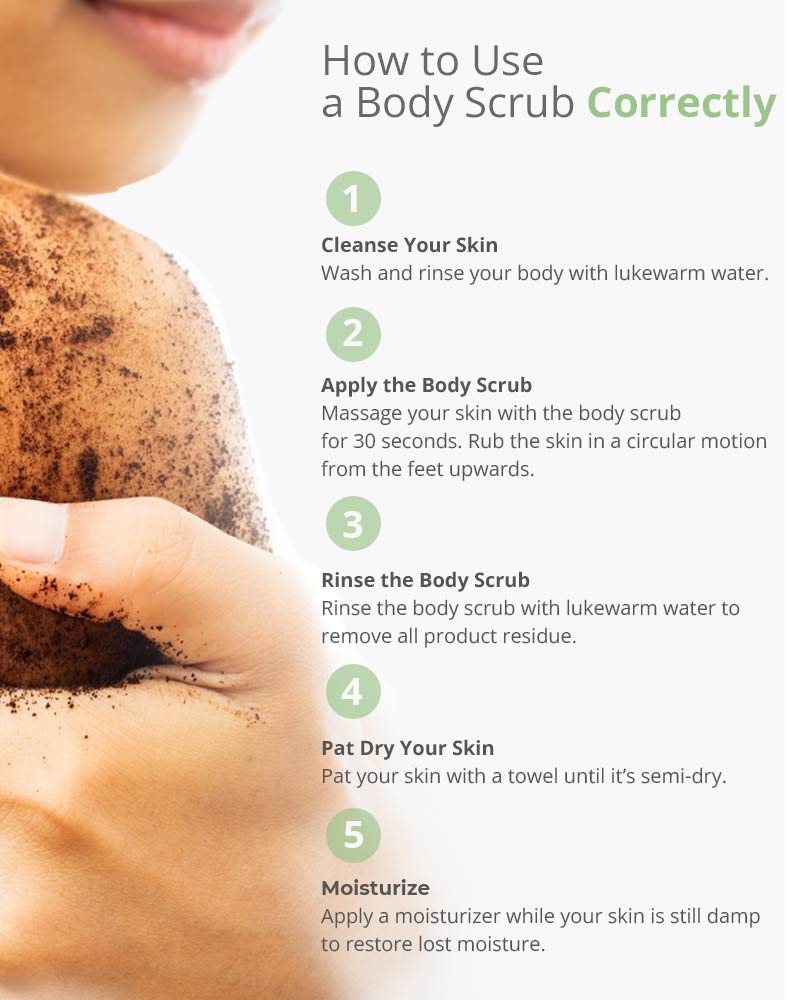Unlocking the Secrets of Exfoliation: Your Comprehensive Guide
Exfoliation is a crucial step in any skincare routine, but it can be confusing to know when and how to do it correctly. With so many products and techniques available, it’s easy to feel overwhelmed. That’s why we’re here to help unlock the secrets of exfoliation and provide you with a comprehensive guide to achieving radiant, glowing skin.
First and foremost, it’s important to understand what exfoliation is and why it’s beneficial for your skin. Exfoliation is the process of removing dead skin cells from the surface of your skin, revealing fresh, new skin underneath. This not only helps to improve the appearance of your skin by promoting cell turnover, but it also allows for better absorption of skincare products.
There are two main types of exfoliation: physical and chemical. Physical exfoliation involves using a scrub or exfoliating tool to physically remove dead skin cells, while chemical exfoliation involves using acids like alpha hydroxy acids (AHAs) or beta hydroxy acids (BHAs) to dissolve dead skin cells.
When it comes to choosing the right exfoliation method for your skin, it’s important to consider your skin type. If you have sensitive or dry skin, you may want to opt for a gentler exfoliant, such as a mild scrub or a lactic acid-based chemical exfoliant. On the other hand, if you have oily or acne-prone skin, you may benefit from a stronger exfoliant, such as a salicylic acid-based chemical exfoliant.

Image Source: vibrantskinbar.com
Now, let’s talk about when to exfoliate. It’s generally recommended to exfoliate 1-2 times per week, depending on your skin type and the exfoliation method you’re using. Over-exfoliating can lead to irritation and damage to your skin’s moisture barrier, so it’s important to listen to your skin and adjust your exfoliation frequency accordingly.
Before exfoliating, it’s important to cleanse your skin thoroughly to remove any dirt, oil, and makeup. This will allow the exfoliant to penetrate more effectively and achieve optimal results. After exfoliating, be sure to follow up with a hydrating moisturizer to replenish any lost moisture and keep your skin balanced.
In addition to your regular exfoliation routine, it’s also important to exfoliate before applying certain skincare products, such as serums or masks. This will help to ensure that the products can penetrate deeper into your skin and deliver maximum benefits.
In conclusion, exfoliation is a key step in achieving radiant, glowing skin. By understanding the different types of exfoliation, choosing the right method for your skin type, and exfoliating at the appropriate frequency, you can unlock the secrets of exfoliation and take your skincare routine to the next level. So go ahead, embrace the power of exfoliation and say hello to smoother, brighter skin!
Glow Up: Mastering the Art of Exfoliation for Radiant Skin
Exfoliation is a key step in any skincare routine, helping to remove dead skin cells and reveal fresh, radiant skin underneath. But mastering the art of exfoliation is more than just scrubbing your face with a harsh exfoliant – it’s about understanding your skin type, choosing the right products, and knowing when and how to exfoliate correctly.
When it comes to exfoliation, there are two main types: physical and chemical. Physical exfoliants use abrasive particles to physically scrub away dead skin cells, while chemical exfoliants use acids or enzymes to dissolve them. Both types have their own benefits and drawbacks, so it’s important to choose the right one for your skin type.
If you have sensitive skin, you may want to opt for a gentle chemical exfoliant like lactic acid or fruit enzymes, which can help to dissolve dead skin cells without causing irritation. On the other hand, if you have oily or acne-prone skin, you may benefit from a physical exfoliant with salicylic acid or benzoyl peroxide, which can help to unclog pores and prevent breakouts.
Regardless of the type of exfoliant you choose, it’s important to exfoliate regularly but not too frequently. Over-exfoliating can strip the skin of its natural oils and disrupt its moisture barrier, leading to dryness, irritation, and even more breakouts. On the other hand, not exfoliating enough can result in a buildup of dead skin cells, causing dullness and congestion.
So how do you know when and how to exfoliate correctly? The key is to listen to your skin and adjust your exfoliation routine accordingly. If your skin feels tight, dry, or irritated after exfoliation, you may be overdoing it and should dial back on the frequency or intensity of your exfoliant. On the other hand, if your skin feels smooth, soft, and glowing after exfoliation, you’re on the right track.
In addition to choosing the right exfoliant and adjusting your routine as needed, there are a few other tips to keep in mind when it comes to mastering the art of exfoliation. First, always cleanse your skin before exfoliating to remove any dirt, oil, or makeup that could interfere with the exfoliant’s effectiveness. Second, be gentle when applying your exfoliant, using light pressure and circular motions to avoid irritating the skin.
Finally, don’t forget to follow up with a hydrating moisturizer or serum to replenish the skin’s moisture and protect its barrier after exfoliation. This will help to keep your skin soft, smooth, and radiant, without the risk of over-drying or sensitizing it.
In conclusion, mastering the art of exfoliation is all about understanding your skin’s needs, choosing the right products, and adjusting your routine as needed. By following these tips and listening to your skin, you can achieve a radiant, glowing complexion that’s always ready for its close-up.
Exfoliation: How Often and How to Do It Right